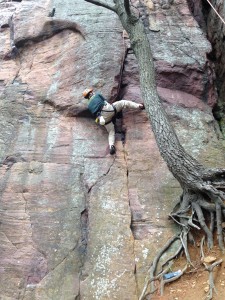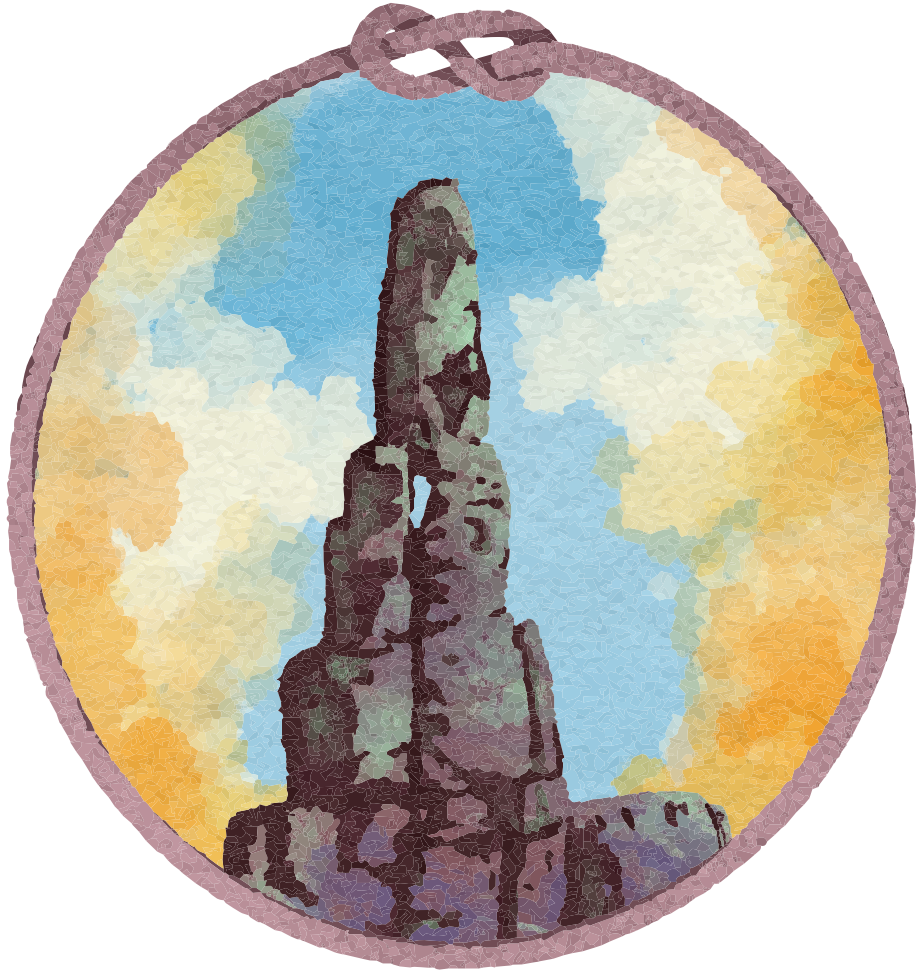 Want to learn better climbing techniques for out on the cliffs or at your local gym? Follow this 8 part series to explore helpful rock climbing movement tips and techniques, reasons for performing the climbing movement, and how to practice them for added rock climbing fun. We will even include recommended Devil’s Lake State Park climbs to try your new found skills on.
Want to learn better climbing techniques for out on the cliffs or at your local gym? Follow this 8 part series to explore helpful rock climbing movement tips and techniques, reasons for performing the climbing movement, and how to practice them for added rock climbing fun. We will even include recommended Devil’s Lake State Park climbs to try your new found skills on.
Picture this… you are stuck in an elevator. You are running out of snacks. And you’re strong as hell from being a badass climber (or maybe you’ve just been reading my kick-butt tips!). You, my friend, are going to open that elevator door. You are going to put your foot on one door and you are going to push with that foot. You are going to grab that other door and pull with those hands.
If you can dream it in my made-up, snack motivated scenario, you can do it. It might just take a bit of practice, which is totally ok. The key thing to remember is that if you don’t push hard enough with your feet or if you don’t pull hard enough with your hands, that elevator door is going to shut out your hopes and dreams, and your snacks. So, in other words, tension is key! A layback can be a tricky move if you find yourself not trusting of the tension created from the push and pull effect. So try to settle into the tension.
To do this move, hands and feet must be close to each other to get the proper torque. Turn one of your hips is into the wall, place your hands on the edge of a vertical crack and pull on the edge. Your feet will need either a wall or the other edge or some face holds to push on. I’ve found a lot of success if you have a parallel crack, your feet press on the inner wall, typically smearing, and your hands pull outwardly. As you hand over hand on the edge of the crack, be sure your feet don’t get too far below you or you lose the torque necessary to do this move.
Recommended Devil’s Lake Layback Climbs: False Perspective 5.7 (Misery Rocks), Cheatah 5.10b (Bill’s Buttress), Congratulations (if you don’t know how to crack climb) 5.10a, Gill’s Crack 5.10c (Gill’s Buttress)
